From gladiator battles to chariot races: Türkiye’s ancient stadiums
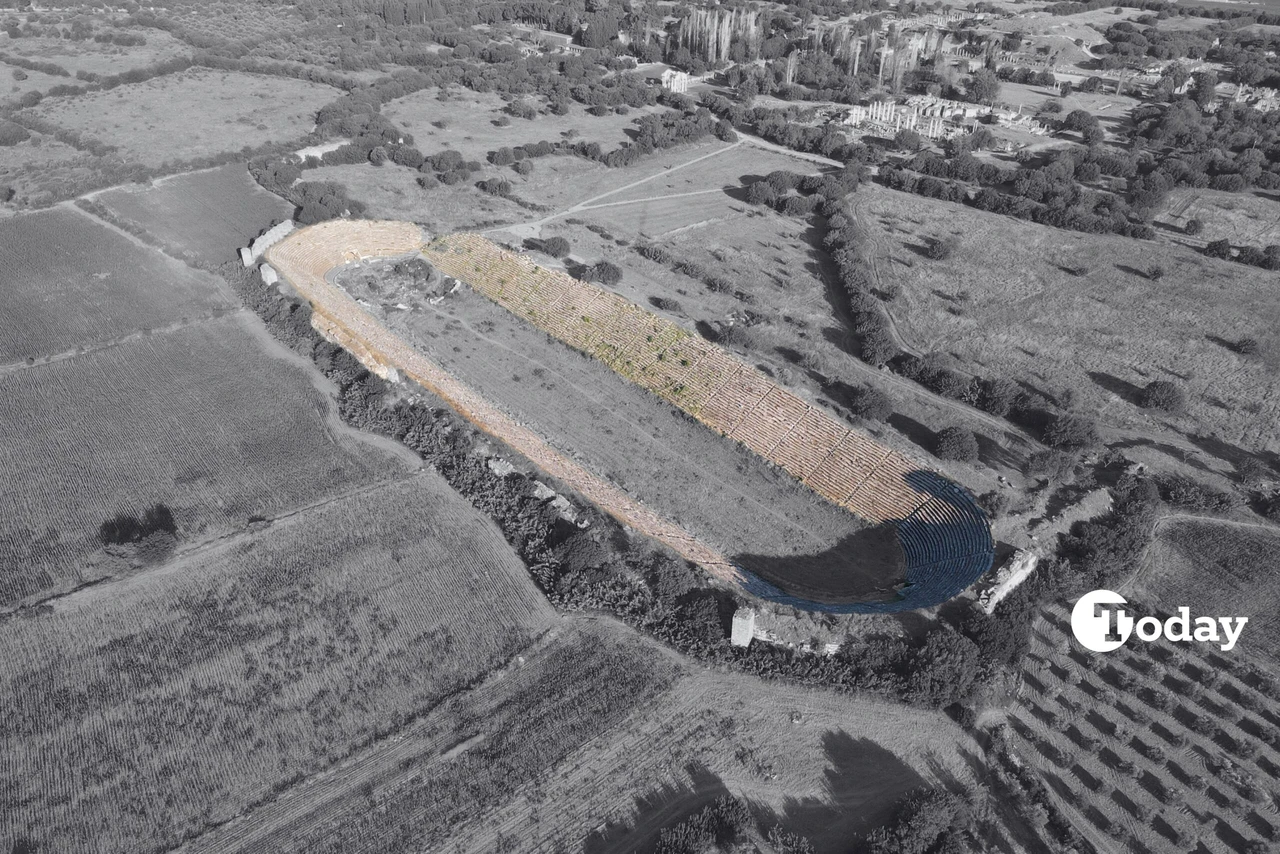 Aphrodisias Stadium, Aydin, Türkiye. (Adobe Stock Photo)
Aphrodisias Stadium, Aydin, Türkiye. (Adobe Stock Photo)
Türkiye is home to a fascinating array of ancient stadiums (stadion in ancient Greek) , each with its own unique history and significance. From sporting events to gladiator battles, these monumental structures played a crucial role in ancient life.
Stadiums were incredibly important places for people in ancient times. They were not just venues for various sports events. People in the ancient world visited stadiums for many reasons, such as witnessing life-or-death battles between the strongest warriors, observing intense rivalries both on and off the field, and honoring the gods. For these reasons, ancient stadiums were structures with fascinating characteristics, and they were among the most significant elements of social life.
Here, we explore some of the largest and best-preserved stadiums from Türkiye’s rich past.

Magnesia Stadium – The largest of its kind
One of the most significant recent discoveries, the Magnesia Stadium, holds the title of the largest ancient stadium uncovered in recent years. With a track length of approximately 190 meters and a seating capacity of about 30,000 spectators, this massive structure was likely built in the 3rd century A.D.
The stadium’s walls are adorned with nearly 150 reliefs and inscriptions, many depicting types of competitions and the rewards given to winners.
Aphrodisias Stadium – best preserved in the world
Aphrodisias Stadium is one of the most striking structures in the ancient city of Aphrodisias. With a seating capacity of around 30,000, it is renowned as one of the best-preserved ancient stadiums in the world.
This marvel continues to attract attention for its remarkable state of preservation and its role in ancient sporting events.
Kibyra Stadium – venue for gladiator battles
The Kibyra Stadium once hosted sporting events, but as time went on, it became the site for gladiator battles.
With a capacity of about 12,000 spectators, this stadium is an excellent example of the evolution of public entertainment in ancient times.

Perge Stadium – a neighbor to the theatre
Located outside the city walls of Perge, this stadium sits next to the city’s theatre.
With a seating capacity of around 12,000, the Perge Stadium was once a key venue for both athletic competitions and public performances.

Laodicea Stadium – one of Anatolia’s largest
Though its seating rows have been damaged over time, Laodicea Stadium still stands as one of the largest in Anatolia, with a capacity of about 25,000 to 30,000 spectators.
It remains an important historical site for understanding the grandeur of ancient stadiums.
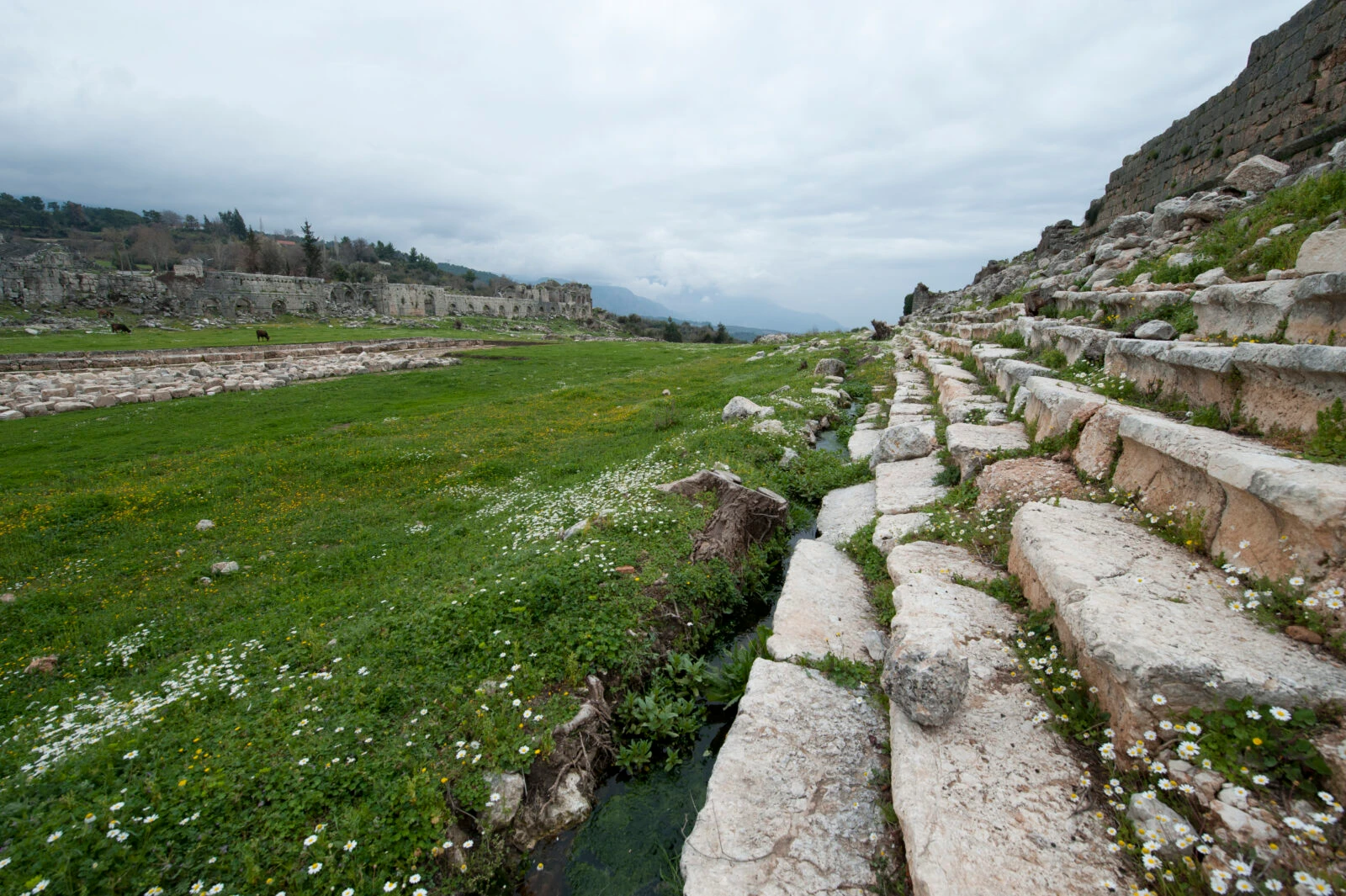
Tlos Stadium – a compact venue
The Tlos Stadium, located at the foot of the acropolis, is one of the few stadiums with a single row of seating.
With a capacity of around 2,000, it provides insight into smaller-scale public events in the ancient world.

Arykanda Stadium – smaller yet significant venue
Located just north of the Arykanda Theatre, this smaller stadium features four rows of seating.
Measuring approximately 100 meters in length and 16 meters in width, the Arykanda Stadium served as an important local venue for competitions and events.
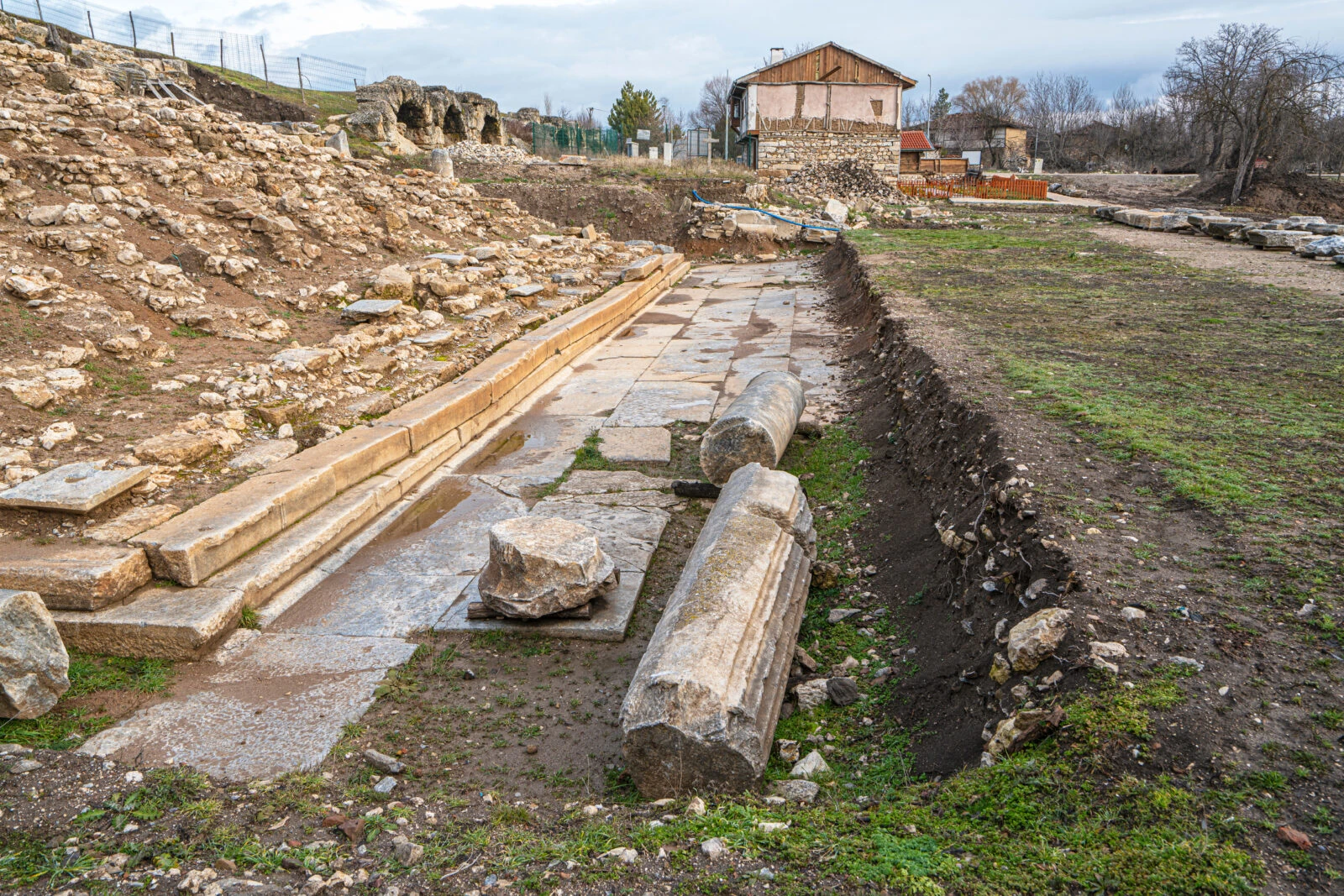
Aizanoi Stadium – unique stadium-theatre combination
The Aizanoi Stadium stands out as a unique archaeological wonder. Situated next to the theatre complex, it is the only known example of a combined stadium and theatre structure in the world. Built during the 2nd and 3rd centuries A.D., this complex could accommodate 13,500 spectators in the stadium and 15,000 in the theatre.
The two are connected by two main gates, creating a seamless connection between the two. However, the stadium is currently in a state of ruin due to earthquakes and awaits further excavation.
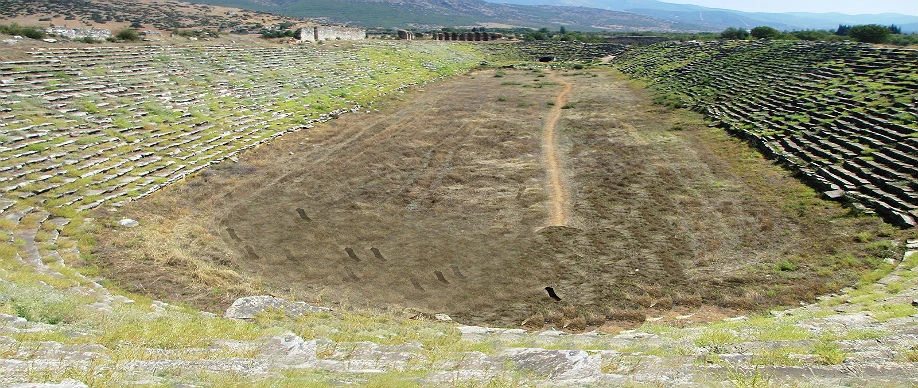
Ephesus Stadium – a glorious arena of gladiators
The Ephesus Stadium, expanded by Emperor Augustus, is famous for hosting intense gladiator battles that thrilled ancient crowds.
Its rich history and strategic importance make it a key part of Ephesus’ cultural heritage.
Constantinople Hippodrome – entertainment hub of Byzantine city
The Constantinople Hippodrome once stood as the epicenter of Byzantine entertainment. Due to limited archeological evidence, we only have rough guesses about its size. For example, estimates put its capacity from 30,000 to the more unlikely 100,000.
This grand structure was not just a stadium, but a social and political venue where chariot races and public events brought people together from all walks of life.
These ancient stadiums are not just relics of the past; they are a testament to the ingenuity and cultural importance of public entertainment in the ancient world. Whether it’s a massive structure capable of seating thousands or a smaller venue with a rich history, Türkiye’s ancient stadiums offer a fascinating glimpse into the lives of ancient civilizations.



